 |
| Category: Western
Front |

|
|
|
|
|
|
Pozieres
11,500 casualties per kilometer
|
- This page should be considered in
conjunction with Somme
1916, which gives an
overview.
 to go there.
to go there.
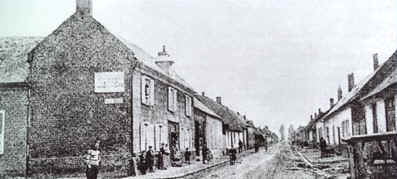 |
Main Street, Pozieres
before the battle.
See below for after the battle. |
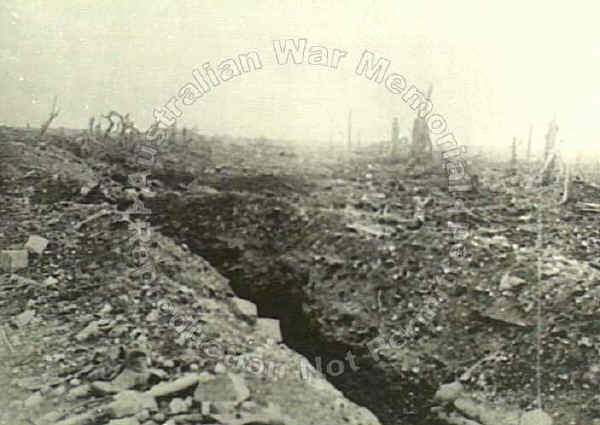
|
| The
main street of Pozieres after heavy bombardment by the British and the
Germans, looking towards Bapaume. Note the shattered remains of trees.
Between 23 July and early September 1916, the 1st, 2nd and 4th Divisions
between them launched 19 attacks on German positions in and around the
ruins of Pozieres. The Australians suffered 23,000 casualties while
advancing two kilometres; British and Australian artillery were no match
for German artillery and machine guns. The German bombardment was the
heaviest and longest lasting experienced by the AIF during the First
World War. |
 |
| The
shattered back gardens of the village of Pozieres, seen from the
Pozieres-Bapaume road. In the distance on the far right is 'Gibraltar',
the German fortified observation post. In the foreground are sandbags
from an Australian trench that was dug in the first attack. Between 23
July and early September 1916, the 1st, 2nd and 4th Divisions between
them launched 19 attacks on German positions in and around the ruins of
Pozieres. |
 |
| The
village of Pozieres as it was some months after the battle. The view is
from the southern side of the main road looking southwards, east of the
Copse. The grave is that of Captain I S Margetts, 12th Battalion. The
large shell hole in the foreground is filled with water. |
 |
| A
view of the cross erected over a trench at Pozieres, in memory of the
Australians of the 4th Battalion, AIF, who fell in the fighting on the
Pozieres battlefield in August 1916. Added significance is given to the
memorial by the fact that its location is above the trench from which
the Battalion attacked and overlooks the Copse which was the first
objective. |
 |
View of the Pozieres
battlefield, taken from the Windmill. It was here that Australian troops
were first engaged in serious fighting on the Western Front. Early in
the morning of 23 July 1916, their great struggle for Pozieres commenced
and continued right through to the end of the following month, by which
time they had gained the village, and the ridge which the view embraces.
The Australian force was relieved by Canadian troops, but they continued
to fight alongside the Canadians for thirty six hours.
They mixed together, fighting under each other's officers, until
the Canadian Highlanders were well entrenched in the lines the
Australians had won and held. "Nature, in her kindly mood, has
hidden many a scar and many a grave on this historic and desolate area,
which Australian valour and sacrifice has made a place of hallowed
memory". In the centre is the 2nd Divisional Memorial erected by
the 7th Field Company Australian Engineers in memory of members of the
Division who fell in the operations of July and August 1916. |
|
Café Pozieres in 2006 |
 When I visited Pozières it was by accident as we had been to Thiepval
to visit the British cemetery, we were on our way to Albert and stopped
at the village for a drink in the café.
When I visited Pozières it was by accident as we had been to Thiepval
to visit the British cemetery, we were on our way to Albert and stopped
at the village for a drink in the café.
The owner is a descendant of the owner in ww1 and the
Australian line went right through the café as well as the village! All
his artifacts have been found around the village and fields. Just after
we visited an article appeared in an English newspaper as a football
used by the officers to determine the advance and also used when a truce
was called to play soccer, was found by an old man in his grenier (loft)
it joined the uniforms and other memorabilia in the café as well as all
the artifacts he has in the garden which he has turned into a trench.
To actually see the helmets, so many piled up or used
as flower pots, is heartbreaking. Some with bullet holes in them and
everyone was a man. I cried.
Coral Luke, 6 July 2006 |
|

|
|
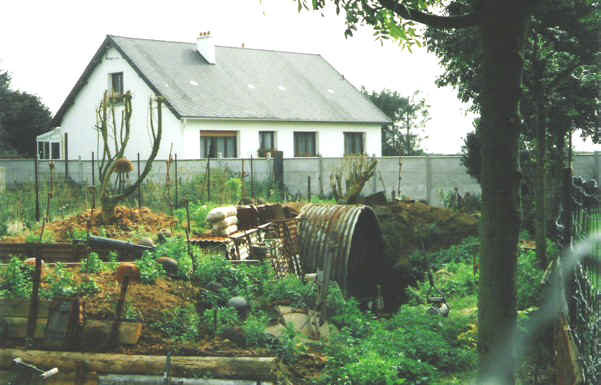
|
|
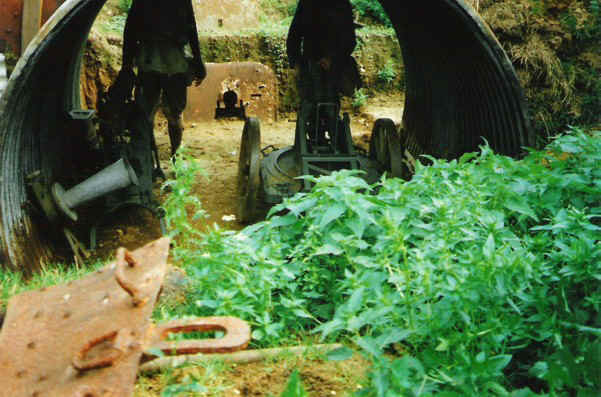
|
|

|
|
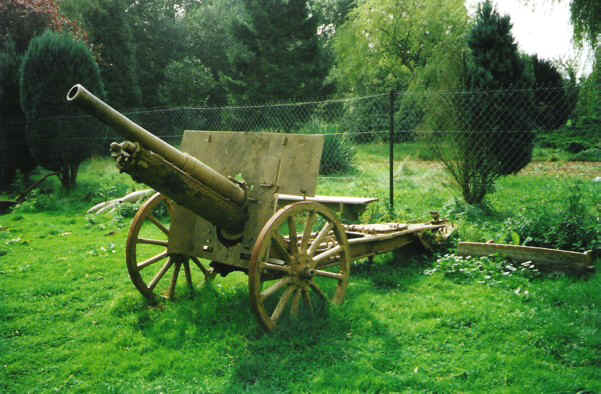
|
|